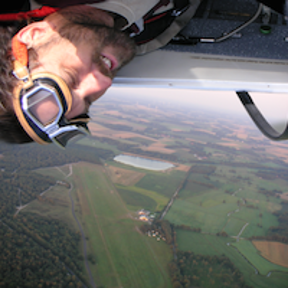Welcome to the Onshape forum! Ask questions and join in the discussions about everything Onshape.
First time visiting? Here are some places to start:- Looking for a certain topic? Check out the categories filter or use Search (upper right).
- Need support? Ask a question to our Community Support category.
- Please submit support tickets for bugs but you can request improvements in the Product Feedback category.
- Be respectful, on topic and if you see a problem, Flag it.
If you would like to contact our Community Manager personally, feel free to send a private message or an email.
What to do with a point cloud in Onshape?
 martin_kopplow
Member Posts: 1,078 PRO
martin_kopplow
Member Posts: 1,078 PRO
in General
I have a scanned point cloud of a part that defines the available space for a design. It is has beeen made available as pure point cloud and also as a mesh. I'd now use the scanned data as a general refenence object and maybe create the most important portions of it as precise surfaces, so I can use that for e.g. assembly instruction drawings.
I found neither tools nor apps or any recent information documented for this, so my question is: What is the recommanded method of dealing with scanned models in OS?
Tagged:
0
Answers
Meshes should be decimated if they are too large though, with Meshlab or MeshMixer or similar.